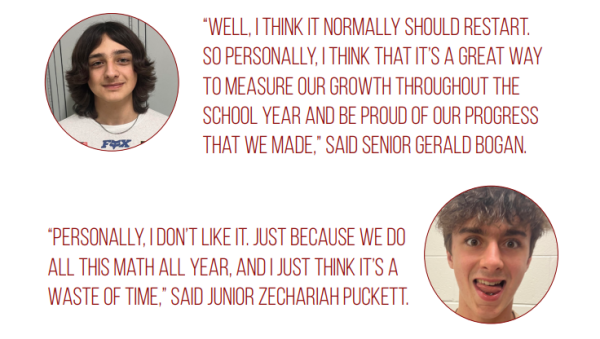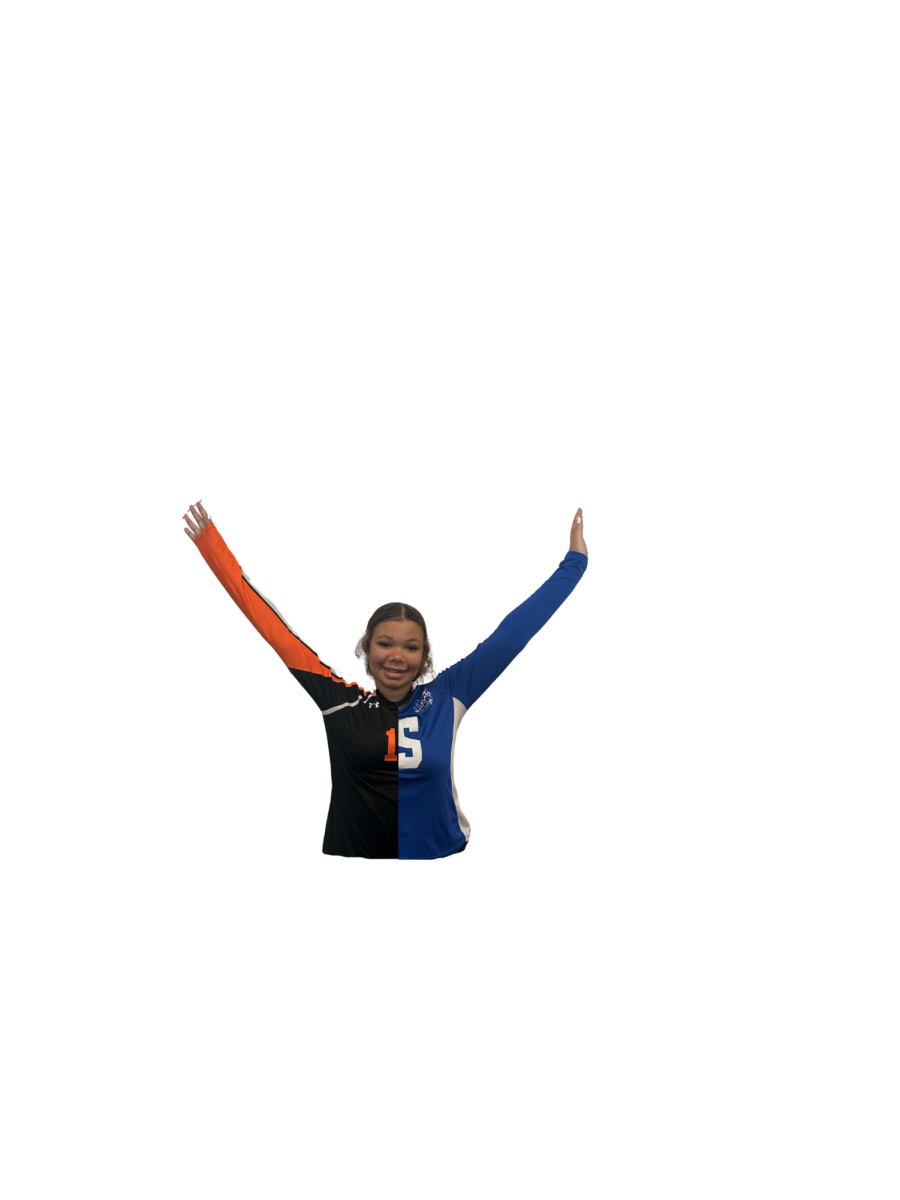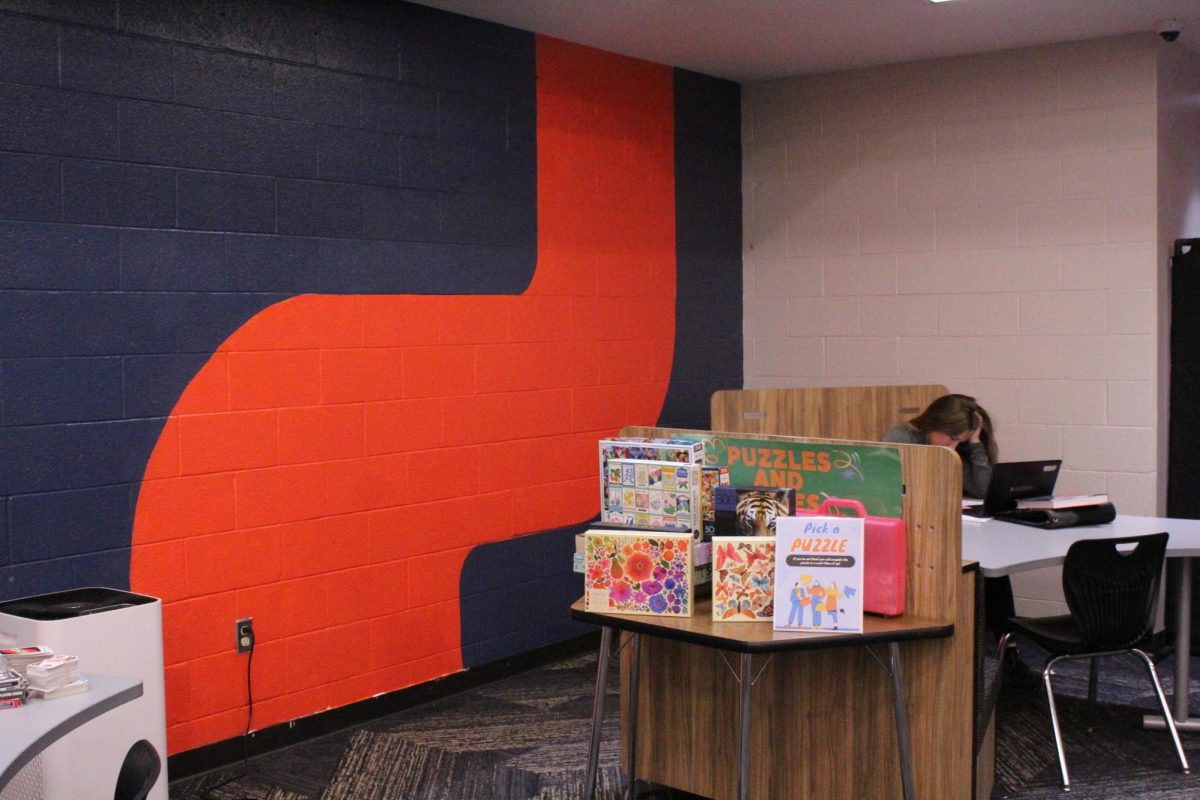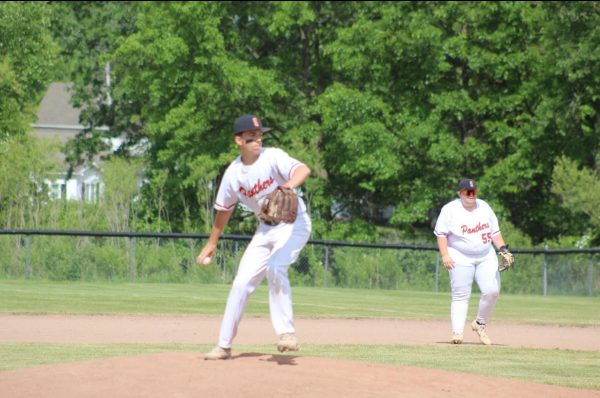“I say a good brain warmup,” said senior Jason Gruber. “Math wise is definitely refreshing [..] like, renewed with reducing fractions and getting me better at simplifying.”
The new math program was implemented this year, to all K-8th grade math classes and some high school math classes. It is based on the research of Dr. Amanda VanDerHeyden.
Spring Math consists of two steps: the first step is partner practices where one person works on a worksheet for three minutes, then their partner does three minutes on the same worksheet, continuing on where the other person left off, and the second step is each person does the same worksheet independently for 2 minutes. The focus is on various math skills such as addition, subtraction, and reducing fractions.
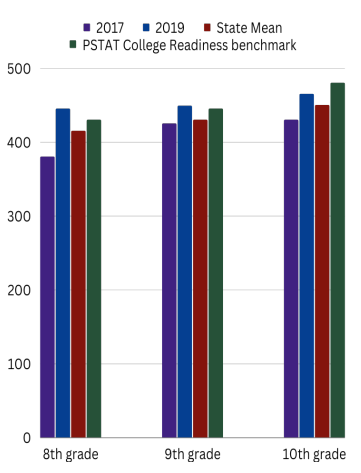
“Having achieved mastery of the foundational skills, our high school students will be able to focus their cognitive energies on higher level math problem solving as they enter into upper math classes that require more complex math problem solving,” said Hodgson.
Student reaction to this new element in their math course varies between a dislike, enjoyment of certain aspects to a disinterest.
“It’s fine. It’s a bit difficult because we’re switching from addition to subtraction,” said Seventh grader Oliver House. “Partner work is pretty fun.”
The Spring Math program seems to have an effect on the seven grade students’ scores.
“I have been getting better, like, scores on the sheet,” said Seventh grader Noah Glenn. “I’m already pretty good, but I don’t know.”
The Spring Math program is being used in AP Calculus, which Gruber feels less enthusiastic about.
“I don’t think it’s necessarily helping us in Ap Calc,” said Gruber. “Maybe the ideology of simplifying and factoring.”
Like all things in education, it takes time to see the end result.
